Getting Around London
Getting around London is easy. This article will show you how and provide the traveler or tourist with easy ways and tips to navigate and getting around London. Even for those who find getting around London daunting or challenging. London is easy and these tips will help. Getting around London and navigating in a new location can be one of the most difficult and challenging tasks a tourist traveler has when arriving in a new city. Rest assured, these easy best ways and tips to get around London will help make it simple.
Where to Stay
A critical decision when visiting London is where to stay. Consider how long you are staying and what you want to do and see in London. These should be the over-arching guides on where to stay versus can I save ten dollars a night at this hotel or that hotel. Your time is valuable, and it will take time to move about London. Having your planning priorities straight will save you valuable and precious time.
Many travelers fail to consider the value of their time. It will likely take you at least 30 minutes to get to anyplace you want to go. This can easily double to over an hour each way based on where you are traveling to and from. Recognize the value of your limited time in London, it may be necessary to pay a little more for accommodations to locate in the correct spot. Don’t be penny wise and Pound foolish.
Maximize your time and experience in London. Give careful consideration to what you want to do, and locate your home base accordingly.
Lay of London
Looking at a map of London will provide some orientation for the sights you want to visit. This will also help make getting around London much easier. Think of London as a square. Divide it into four quadrants. North and south of the Thames are the top and bottom halves, East of the Tower Bridge is the right half, and west of the tower bridge is the left half.
Most tourists want to visit the iconic sights located in the upper left quadrant, nearest the Thames. These include Buckingham Palace, Westminster Abbey, Piccadilly Circus, Trafalgar Square, Big Ben, Houses of Parliament, the West end theaters, Tower of London, and the Tower and London Bridges. All of these sights are very walk-able.
If your plans are limited to visiting these sights, then finding a hotel in this area would allow you to walk to almost everything you want to visit and see. However, the hotels in this area will also typically cost substantially more than ones further out. This is were it becomes a challenge to balance what you want to do, the time you have to do it, and the frictional costs of being a traveler versus the on ground time as a sight-seer. One benefit is that many of the museums and major sight in London are free to visit.
However, time permitting, limiting yourself to just these sights would cause you to miss many exciting sights and venues in London.
Maps

IGNORE THIS MAP ! It is here only to demonstrate how most tourists get overwhelmed trying to get around. Read on and it will be easy.
Looking at the official London transportation maps is like looking at a bowl of spaghetti. Each noodle is a different color signifying a different route, train or bus. At first glance of the bowl of spaghetti, it is easy to feel overwhelmed and lost. Relax as we sort out the noodles.
First, it is important to recognize than large areas on the map are areas tourists will not go to. Therefore, most of what you see on the map above is useless.
Oyster Card
An oyster card is the easiest way to feel empowered to travel and pay for transportation. Oyster cards can be purchased at any machine (pictured above left) located in a subway station. The cost is $5.00 for the card which is refundable if you turn it in at the end of your trip. Then you can add additional amounts to the card as appropriate, called ‘topping up’ the card.
Tap the card when you enter any mode of transportation. In many instances you also need to tap the card when ending or exiting a ride, except on buses. You are only charged for the actual distance you traveled. This is called ‘tapping in’ and ‘tapping out’. This is done on a reader pictured above right.
There is a maximum daily limit of $6.80 when riding the subway, DLR or buses. The maximum daily cap applies to zones 1 and 2. The cap increases the farther out of central London you travel. This especially makes for a bargain when traveling a lot and making several transfers. Riding more actually becomes free and saves you money.
Best Modes of Transportation
London has an integrated transportation system to move its 9 million residents and visitors around efficiently. Integrated means that each mode of transportation works in harmony with all the others. For example, on a long journey, you might ride a combination of subway, light rail and buses. All these meet and connect at each other’s stations making it easy to transfer and change from one to another.
The subway stations are the farthest apart and the line covers large distances, fast. The DLR or light rail trams connect with the subway stations and move people more tactically around between the stations and into areas where the subways don’t go. The buses also connect with the other stations, and generally have stops every couple of blocks. This makes for an easy way to move around locally, and even hopping on and off in some instances.
Subway
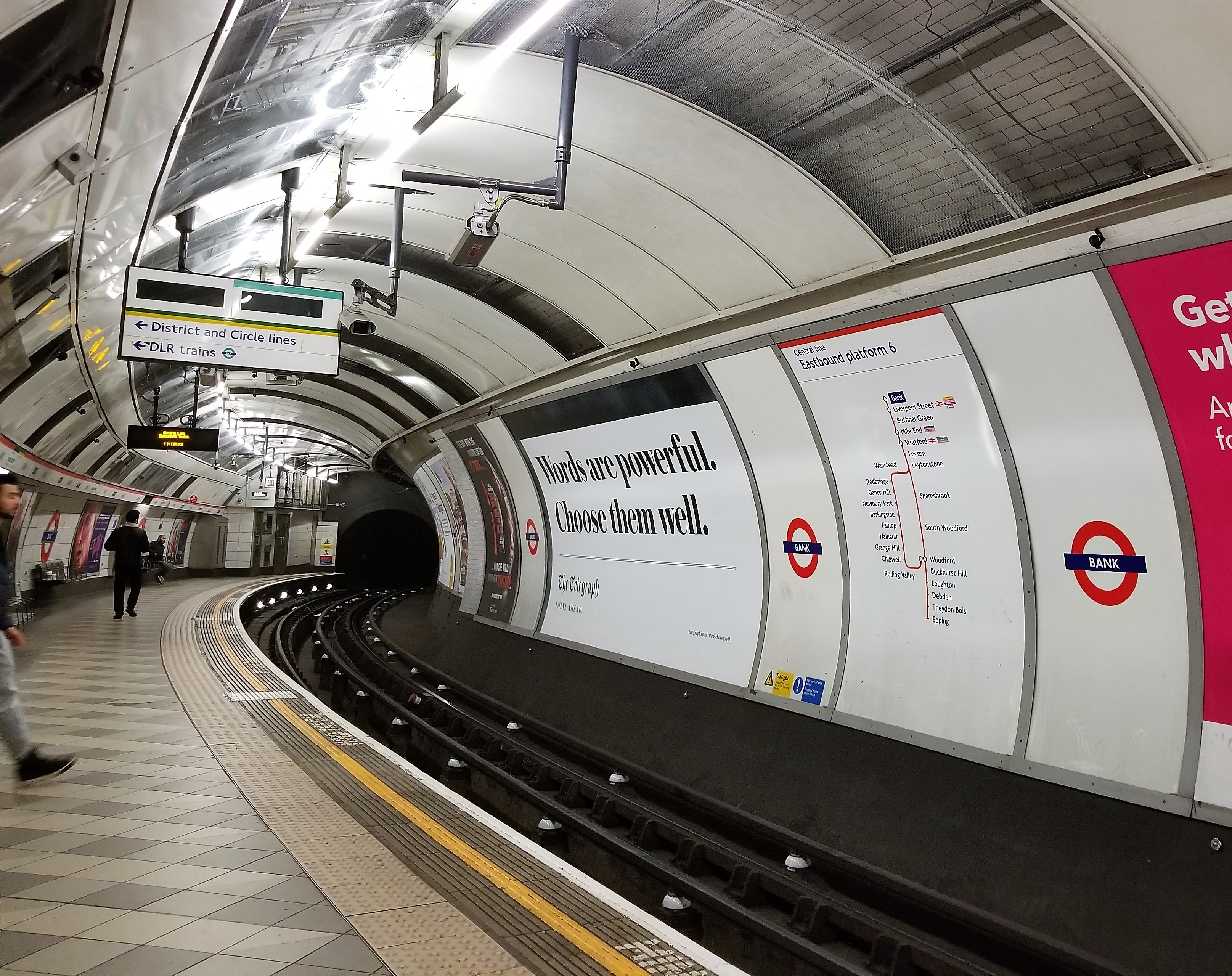
The subway is a great way to move greater distances. Due to the time to get into the stations, going only one stop would probably be faster to walk. However, the subway is reliable and runs every few minutes. This makes for a sure-fire way to get from point A to B. If traveling longer distances across London, the subway is the fastest and most direct.
Something amazing to consider is the depth and age of some of the tunnels. The subway system is truly an engineering marvel. Some of the lines go under the Thames making for fast travel from north to south of the river.
TRICK – Notice in the picture above, there is a map of the subway line showing all of the stops. These maps are posted at all stations and on the subway, DLR and buses themselves. This helps insure you are heading in the right direction, and will show the number of stops until your destination.
DLR or Light Rail
The DLR is also very fast and efficient. It is easy to ride and many lines are elevated offering unique views along the journey. These are like monorails and can be a lot of fun to ride. Many of the platforms are elevated however a number of them have lifts available if you want to avoid the stairs.
TIP – Remember to ‘tap in’ and ‘tap out’ usually at the bottom of the stairs. There usually are not the reader devices on the platforms.
Buses
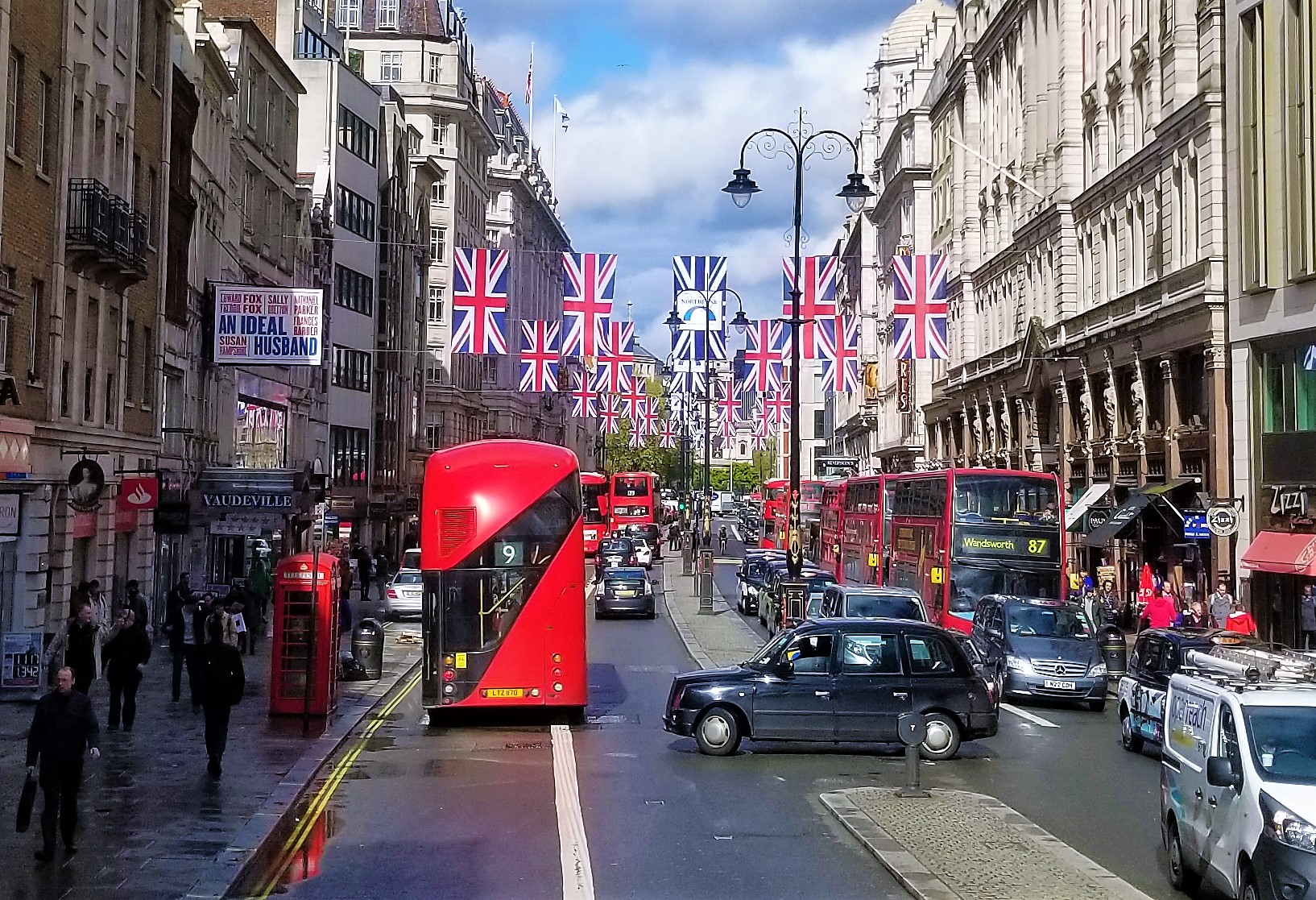
The buses run regularly with many lines, end to end cover large distances. Buses are good for moving locally and can also be a good means to hop on and off just to move a distance down a street. With buses you tap on with the oyster card but do not need to tap off. The fare is flat for the ride.
Almost all of the buses are the iconic double-decker buses. A great seat for sightseeing is on top in the front.
TOURIST TIP: Bus route 11 is a great sight seeing route and passes many of the iconic tourist sights. Catching the 11 at the beginning of the line and riding to the other end will give you an excellent tour of London. This also offers a great photo opportunity as you pass almost every major tourist attraction site in central London. By starting at the beginning or end of the line, queue up and head for the upper deck, front seat. These are cherished locations. By boarding at the beginning point of the route, you increase your odds of getting one of these seats for the whole journey.
River Clippers
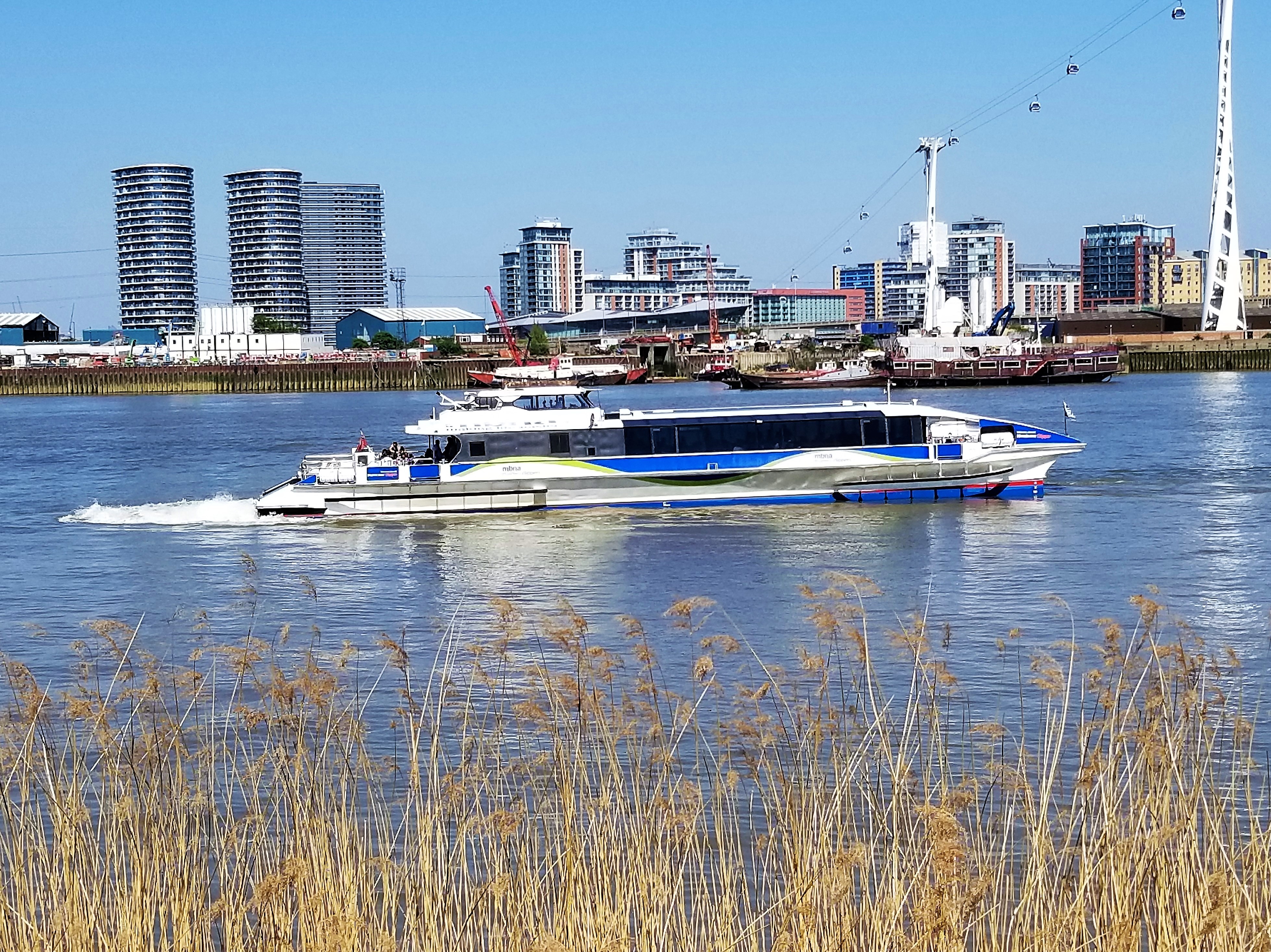
The river clippers have variable rates and charge by distance and zone along the river that you are traveling. The clippers offer a wonderful view of London from the water. The clippers are also fast, efficient, and reliable running regularly a couple of times each hour to much more frequently during peak times.
The river clippers or ferries can be seen as a novelty mode of transportation in many cities around the word. In London however, these are truly a regular way people commute around the city. Traveling on the river is generally much faster that other modes of transportation as there is no traffic. It is also the most scenic.
The clippers also run at night, but the last boat time varies in certain areas so be sure to check and plan before assuming you will catch a late-night boat back. Like with all the other integrated transportation modes, the clippers piers align with other bus, DLR and subway stations nearby.
TOURIST TIP: Ride a clipper early in your visit to London. You may find as we did this is a preferred mode of getting around.
Sky Gondolas
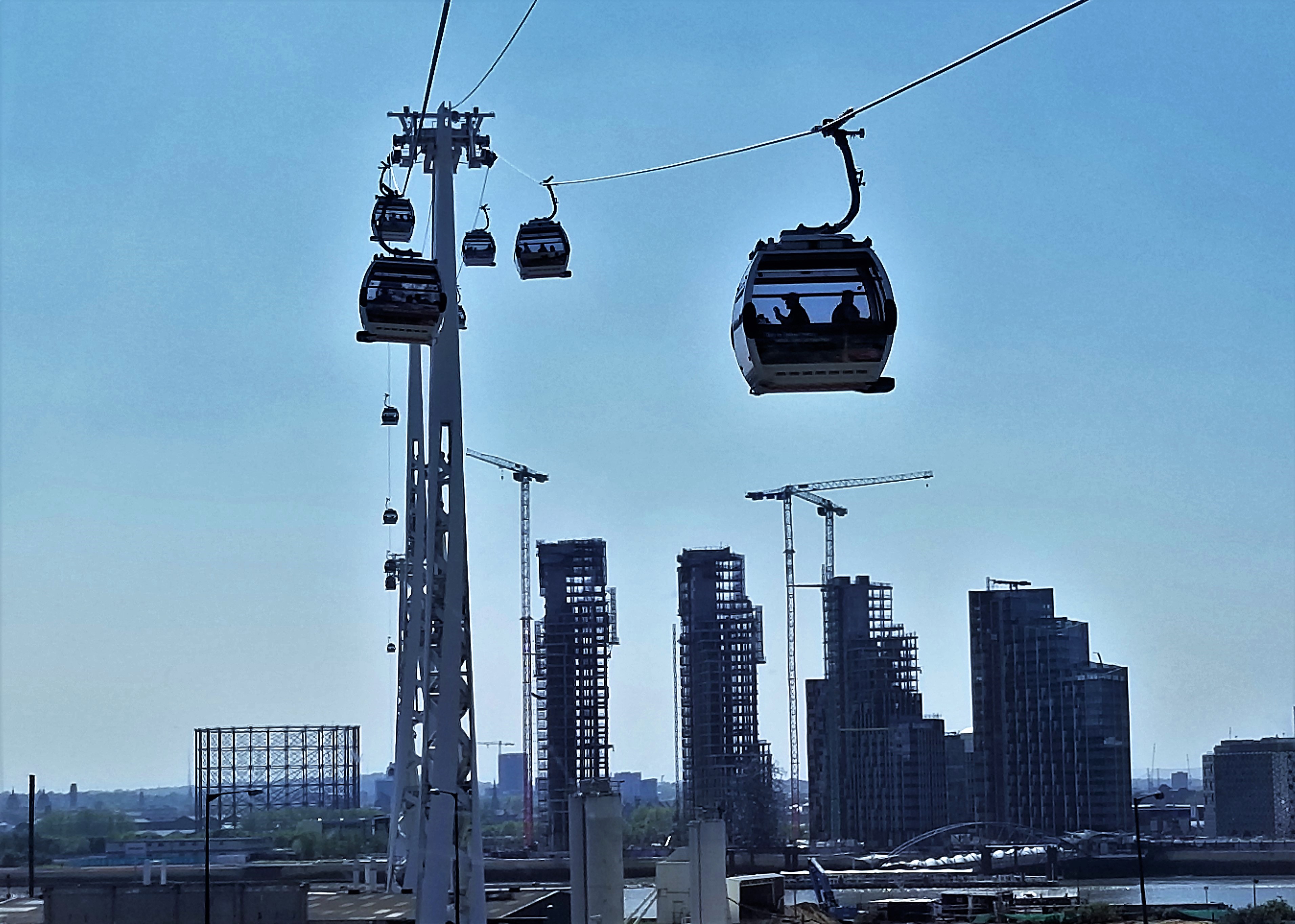
The sky gondolas are operated and branded by Emirate’s Airways. But don’t let this fool you. The gondolas are also used as a regular method for locals to commute. They run between the Royal Docks DLR station across the Thames to the Greenwich Peninsula. On the Greenwich side they also connect with the Clippers, buses and subway lines.
The gondolas offer a one of a kind view and experience. You can also have a champagne flights to make it a special memory.
See their website for further details.
TOURIST TIP: Ride the gondolas from the Docks to the Greenwich Peninsula, and then catch a clipper to South Greenwich. In South Greenwich, visit the Cutty Sark, Observatory and National Maritime Museum. This will also allow you the unique experience of visiting the Prime Meridian at the Observation. The Prime Meridian is the line separating the Eastern and Western hemispheres and the basis for all time zones. Greenwich Mean Time (GMT) is the international standard by which all clocks are set. Grab a picture of yourself standing in both the Eastern and Western hemispheres at the same time.
Walking
Walking is a wonderful way to get around London. It will insure you see many of the hidden charms and sights that would otherwise be missed. Many sidewalks in London are wide and pedestrian friendly. London dates back thousands of years to the Roman Empire occupation and before. Many of the tourist and historic areas have cobblestones which can be difficult for some folks to walk on. Most of these are very well maintained and are not overly uneven, but they can take a toll on tired feet and backs. It is also important to have good shoes and to be aware of uneven pavements that are tripping hazards. These are all around in London just like most major cities.
Rush Hour
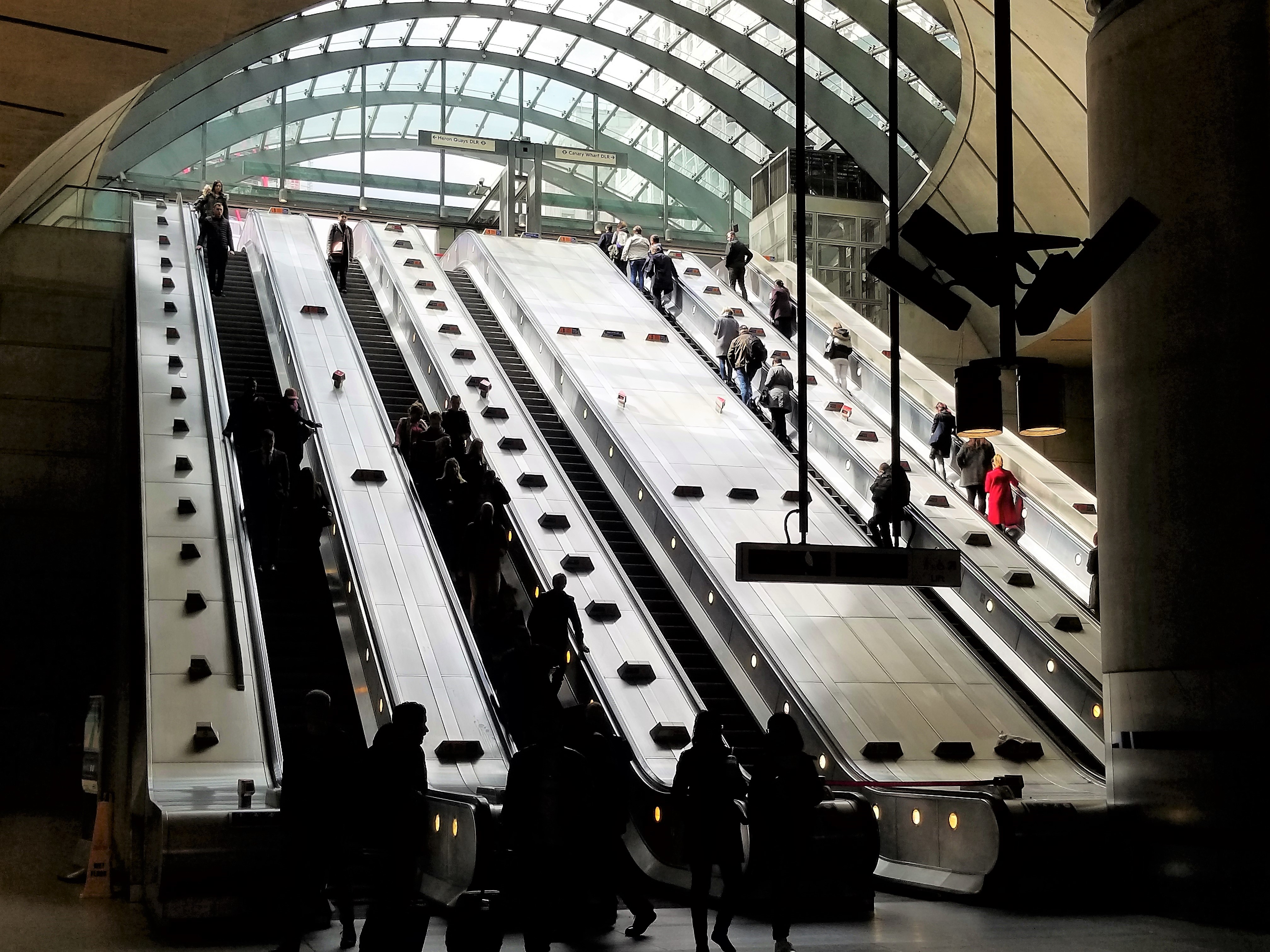
Bear in mind that London is a city of 9+ million people. Many of these people head to and from work during the morning and evening rush hours. This creates congestion on the transportation systems. London does a very good job adjusting time schedules and frequency to accommodate this increase. Even so, there is likely to be standing room only and crowds on subways, DLRs and buses at peak times.
A positive to using the systems during peak times is getting to experience life in London more like a local. You can avoid these crowds by adjusting your schedule and heading out a little later. Or consider having dinner or stopping into a pub for a pint during commute times.
Getting Directions with Apps
Getting directions and planning your trip using an App can make this whole process very easy. Citymapper is our preferred App. It makes planning and getting around very easy. Another major benefit and feature of the App is it works for many major cities around the world, not just for getting around London.
Safety
We always felt safe traveling in London on all modes of public transportation. The stations, subways, buses are all clean and safe.
This said, it is always important to remember that London is a big city and has the same crime and risks of any large city. Always take appropriate precautions to be aware of your surroundings, assess any risks to your personal safety, and protect your valuables.
Accessibility
London is a very accessibility friendly city. There are many different levels of needs and mobility limitations, this article will not attempt to comprehensively address this topic. However, rest assured London is a world-class city and very sensitive to individual needs and accessibility challenges.
When planning travel, be aware the transportation Apps have a preference setting for accessibility. This will only show options where there are lifts available at the stations. Many of the individual museums and tourist sites also address accessibility relative to their facilities on their individual websites.
Helpful Links for Getting Around London
Planning a trip – This link will help you plan a trip from point-to-point
London Transportation System – This link is to the main website with helpful information
Oyster Card – Everythng you need to know about is here
Maps – Transportation system maps showing routes and lines
Like this? Share it on Pinterest. . .
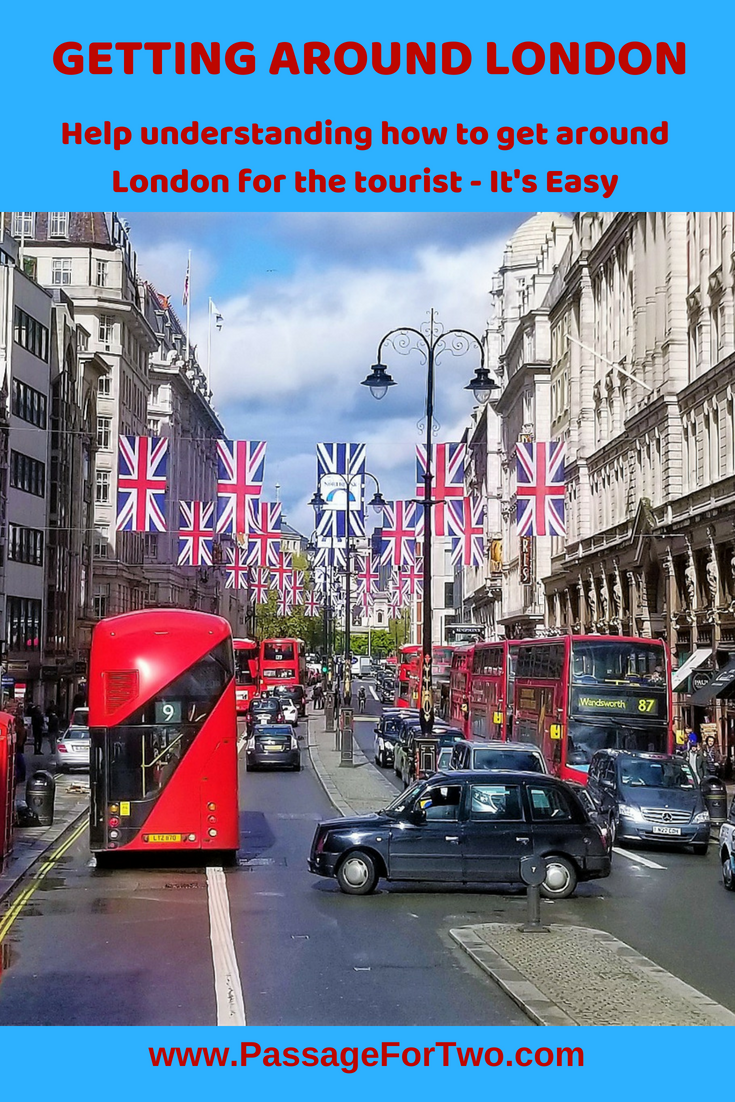

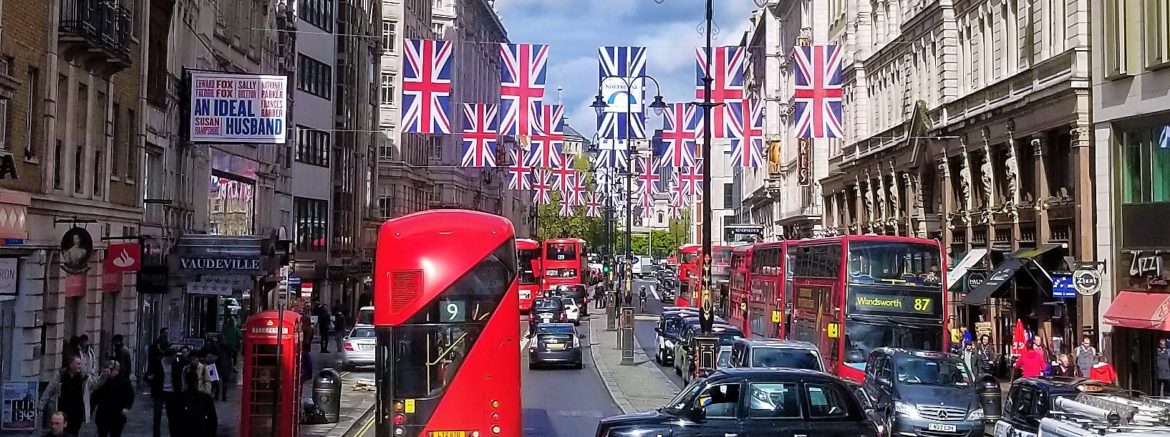
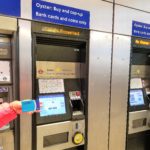
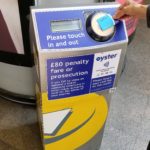
Miss y’all!!! I cannot wait to see more about your adventures!
Miss you too. Hoping your travel adventures are fun and fulfilling.